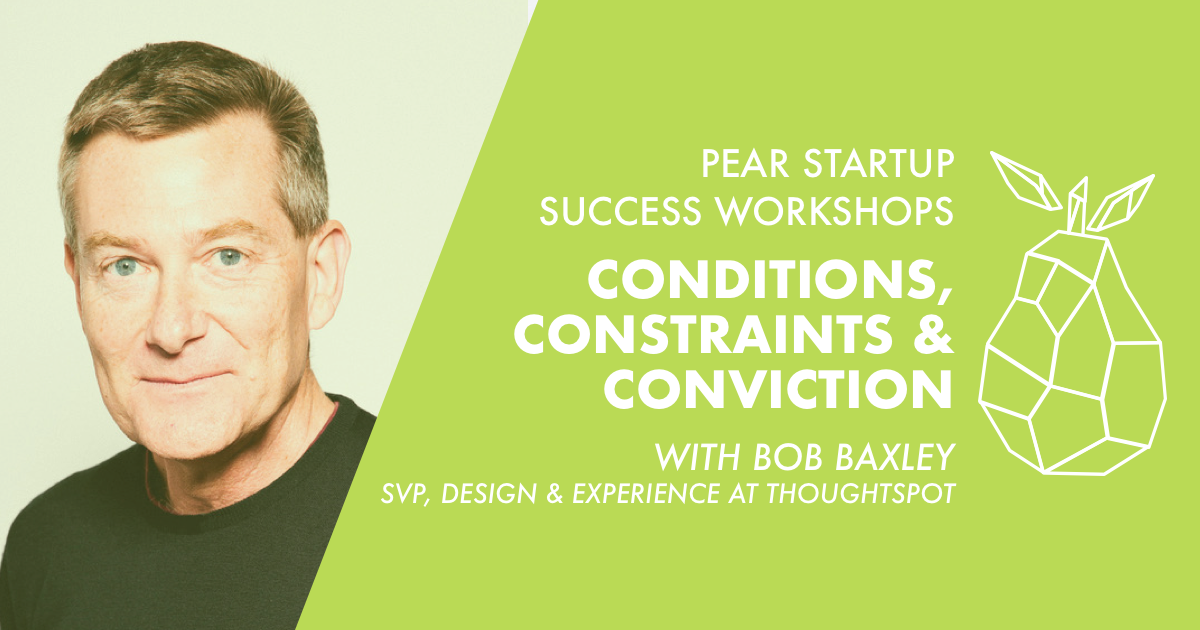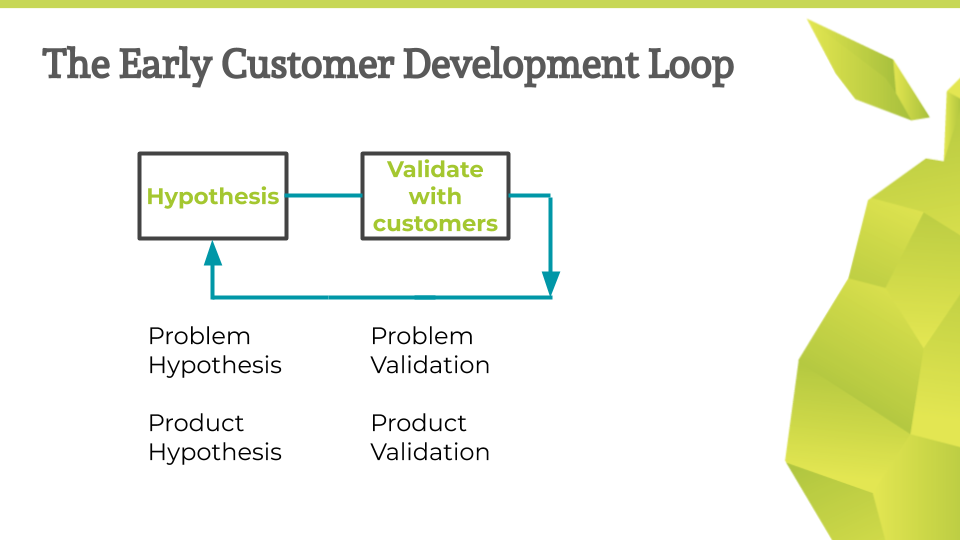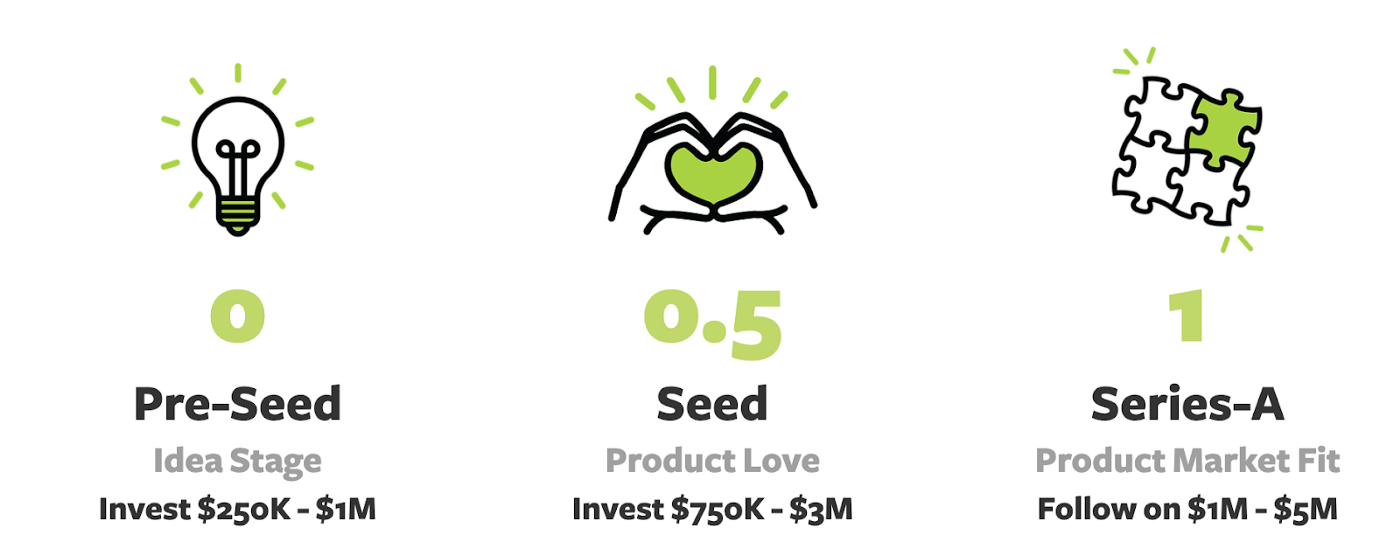As we move into the last days of summer, with the world still very much uncertain, we highly recommend giving Bob Baxley’s Pear talk on conditions, constraints, and convictions a watch at pear.vc/speakers.
Bob shares three Cold War stories of magnificent innovation — reminders of the amazing things humans have accomplished and can still accomplish even in trying times.
Below, find insights from the Q&A session for thinking about conditions, constraints, and convictions for our own times.

When are constraints good for creativity, and when are they bad? What can founders do to help creative teammates be most creative? How do you figure out which problems to solve and which to defer? What signals can you look for to indicate that you need to engage the creative side more, versus getting it done? How do you find inspiration for design during the initial brainstorming phases? How can we think about current pandemic conditions of not being able to see each other?
Q: Constraints may have boosted Dr. Seuss’s creativity, but it seems that a lot of conventional wisdom also suggests that having too many constraints can be bad for creativity — how do you reconcile this?
I think the question is getting at two different kinds of constraints. One is a resourcing constraint and the other one is defining the problem space. Trying to do too much with too few people is a different challenge. That’s really a question of prioritization, so I’ll leave that aside.
As a creative professional and somebody who’s been designing software products and leading teams for three decades, the worst thing you can do is to give me a lot of space and a lot of time. Every creative I know, we’re master procrastinators. We will always put off finishing the thing. If we have a big, giant open field, we don’t quite know how to get started. I’m a big believer in a well-defined problem space.
I like making sure that you have to show progress on a steady basis. With my teams at Apple and now ThoughtSpot, the team has to show me work basically every 48 hours. We are constantly looking at work. It keeps people from getting too caught up in their own heads and wandering off in the wrong direction, and it keeps us together as a team. It reduces a lot the emotional, creative pressure on people.
Structure’s the difference between an empty field and a baseball diamond. You can’t have a game if you don’t have the diamond. You can’t make progress if you don’t have the diamond. You’ve got to have some boundaries to make progress and a ton of amazing art.
If you really go back and you look at Chopin’s Preludes are Bach’s Goldberg Variations, there’s a ton of different, great artistic achievements that were set up as a technical problem that the artist was trying to solve. They go into the work that way. Most artists don’t just show up at the canvas and see where it goes — like they’re trying to accomplish something.
Q: What can we, the founders, do to help our creative teammates be most creative and set the right constraints without setting too many?
In all designed problems, what you’re trying to do is help the person to understand the problem. Don’t get prescriptive about the solutions. Try to make sure we’re trying to accomplish the same goal, and then evaluate the design solution in the context of the goal.
A story I tell is: at a company I was working at years ago, we had a homepage. There was a link on the page, and the product manager said “Bob, you have to make that link blue.”
I said, “Why do we have to make a blue?” They said, “Just make it blue.”
We got in this debate about it being blue. I said, “No, I don’t want it. That’s going to ruin the aesthetic of the page.” And they said, “Well, I want it” and went behind my back and made it blue.
Then we had a heated discussion in the hallway. I eventually said, “What was it you were trying to accomplish by making it blue?”
Turns out, people couldn’t see it. And I said, “Oh, so it wasn’t prominent enough?” And the product manager said, “Yeah. It wasn’t prominent enough.”
I said, “Okay, great. Well, we’re professional graphic designers. We have 15 ways to make it more prominent, one of which is making it blue. What you did is you leapt to a solution, and you didn’t really present the problem to us.”
For founders and executives, I spend most of the conversation trying to get them to more specifically narrow down our understanding of the problem and to make sure that we’re on the same page with the problem. The benefit of doing that is that when you find the right solution, everybody will agree.
I often get questions about how to resolve creative conflicts between different design solutions. I always say — that means you haven’t agreed on the problem. Because if you had a shared understanding of the problem, the solution would be obvious.
Q: How do you and your team tend to figure out which problems to solve and which ones to defer or ignore?
Here’s another story, about my friend Steve.
When Steve was getting ready to work on Keynote for the first time, Steve went to Roger Rosner, who was the VP of engineering responsible for iWork. Roger asked, “How should we think about Keynote? We got to compete with PowerPoint. There’s already these other presentation packages. What should we do?”
Steve said, “Roger, there’s three things with Keynote. One is it should be really difficult to make ugly presentations. Two, you should focus on beautiful cinematic transitions. And three, you should optimize for innovation over PowerPoint compatibility.”
I use those as examples of strong tenets. Each one of those statements, for example, if we just take the last one, optimize for innovation over PowerPoint compatibility — you could imagine the thousands of hours of debate that the product team would have had if they didn’t have clarity on which side of that debate to be on.
Steve just said, straight off the bat, make it difficult to make ugly presentations. That’s a whole set of things to take out of the way. So, we get beautiful cinematic transitions, which to this day is the hallmark of Keynote and why I can’t stand using Google Slides or PowerPoint. That’s a very clear direction.
I think a lot of times when you’re trying to figure out what to do, do you really have clarity around the tenets? Because if you have that clarity, the priorities fall out much quicker.
Q: What signals do you look for in your own work that indicate you need to engage on the creative side more deeply versus buckling down and getting it done?
This is an interesting question we’ve been dealing with internally at ThoughtSpot. When does something pivot from being exploratory creative work to execution mode? It’s always a delicate balance, and it’s a little bit like being a parent. When do you give your kid that extra thing to go do? When do you let them go further, versus when do you stay closer to them?
There is a point with almost every project where the team has some sense of, “No, this is really what we want to go do.” I can’t give you a rubric for how to judge that, but you can usually feel it in the room. The debates are becoming more and more myopic and you don’t seem to be making the same level of progress. There seems to be general agreement that this is the thing we want to go do. At that point, you have to pivot into execution mode. There’s a point where you just have to sit down and finish the thing.
As a creative, I enjoy working in both those modes, because it’s emotionally draining to sit in that level of uncertainty of wondering what we’re doing. There’s a point when it’s actually really rewarding to put all that uncertainty behind you and just go and finish the dang thing.
We tend to do that with deadlines. We sign up for some sort of commitment. Maybe there’s a company event that you have to have a demo ready to show. Maybe you have to give a presentation like this. You sign up for different kinds of commitments, and then you can use that commitment as a forcing function.
Q: How do you find inspiration for design during your initial brainstorming phases?
In terms of software, I spend a lot of time just looking around in the world. I’m the annoying guy at the deli that asks to look at the point of sales system. How does the Clover UI actually work? I sit and chat with people about self-checkout at Safeway and how it sucks and why it sucks. There are software products everywhere, so there’s tons of inspiration to be found just looking around the normal world.
Q: We have a lot of new constraints these days — one of which is that we’re not with each other. What are your thoughts on our current conditions, and where do you see it going?
I’m on the side that says there’s no great reason to go back to the office. I always try to get my team to separate the idea of working from anywhere from the idea of the lockdown. Imagine your kids are still going to school, and imagine you can go work at the Starbucks, and you can go see your friends for lunch. You can work from Hawaii if you want. How does that feel?
Most people say, “Oh my God, that feels awesome” — so, it’s not the working from home thing, it’s the lockdown. The lockdown is not something within our control, as individual companies or individual citizens. So you have to parse those two.
I firmly believe that we can make this work, and I think there are some unique benefits to working from anywhere. The fact that we can do things like this company events with a few hundred people from around the globe — we wouldn’t have done that in the past. If we had, it would have been a huge deal, and it would cost us an enormous amount of money.
You’ve got to dance with the constraints, and stop thinking about what you’ve lost by not being in the office, and start thinking about what you’ve gained — because you’ve gained a lot.



